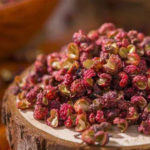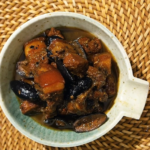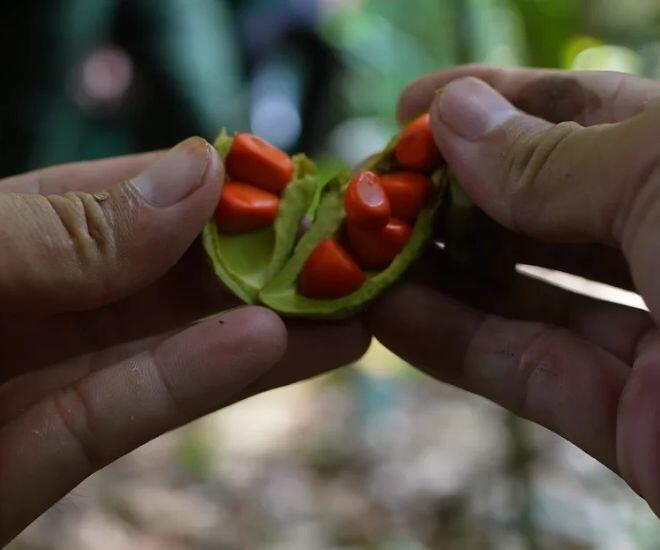
The doi (Brazilian pepper tree) fruit comes in two main varieties: nếp and tẻ. The smaller, more prized nếp variety is characterized by its golden and black hues and intense aroma, making it more economically valuable. In contrast, the tẻ variety has larger, greener leaves.
The doi tree blooms twice a year, with the main harvest season falling between September and October, and a smaller harvest between March and April. Interestingly, every two to three years, there is a bumper harvest, bringing hope and excitement to the local community.
The doi fruit is aptly nicknamed “black gold” due to its rarity and exceptional economic value. It takes three kilograms of fresh doi fruit to produce just one kilogram of dried fruit, hence the high price tag. Notably, premium-grade doi fruit from Na Hang can fetch up to four million VND per kilogram, and it is not always readily available for purchase, underscoring its exclusivity.
What sets Na Hang doi fruit apart is its tiny size, sometimes half that of doi fruit from other regions, yet it packs an intensely aromatic and pungent flavor profile. As locals attest, “Once you’ve tried it, you’ll never forget it,” underscoring the irresistible allure of this unique spice.
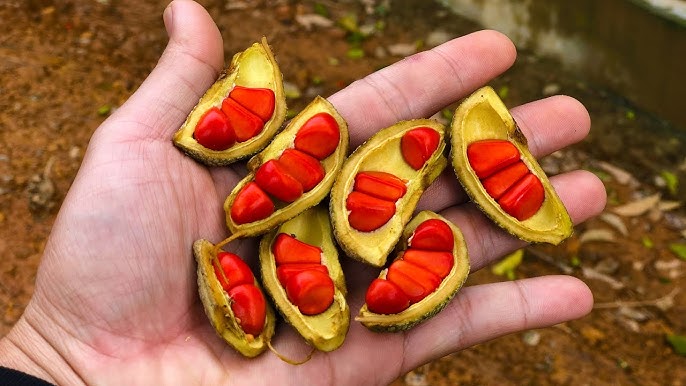
Beyond its role as a spice, doi fruit is the secret ingredient that elevates ordinary dishes into extraordinary culinary delights. Referred to as the “wild pepper” of the Northwest, doi fruit transforms dishes with its captivating aroma. To prepare, the fresh red fruit is dried, turning dark and shriveled, then gently roasted to release its full flavor before being crushed.
One popular way to enjoy doi fruit is to crush it into a powder, mix it with salt, and use it as a dipping sauce. Local eateries in Na Hang that are generous with their use of doi fruit in salt dips often attract a loyal following, as the unique flavor it imparts cannot be replicated with pepper or chili.
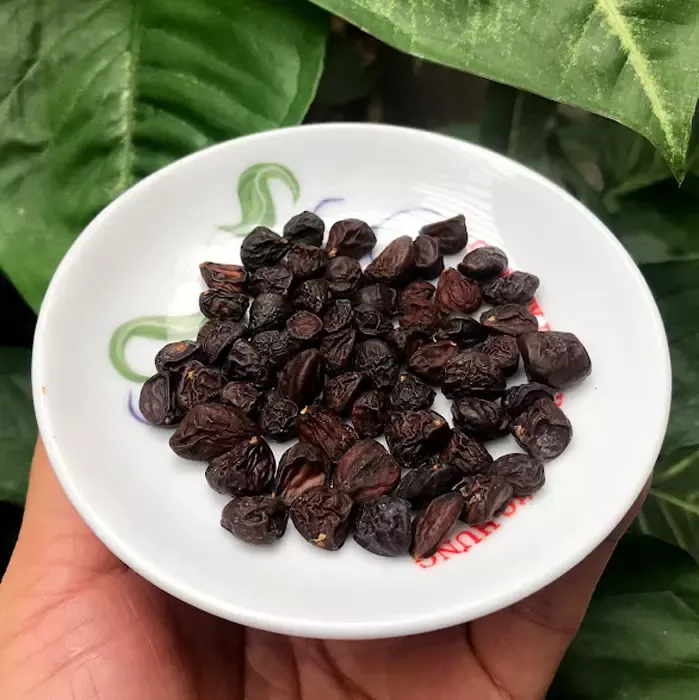
Doi fruit is indispensable in many signature dishes of northern Vietnam, including grilled fish, smoked buffalo meat, wild boar, pork, grilled ribs, grilled chicken, blood pudding, and various types of sausages. The addition of doi fruit takes these dishes to the next level. Furthermore, folk wisdom suggests that doi fruit aids digestion. It is worth noting that, unlike pepper, doi fruit doesn’t keep well after roasting, so it’s best to roast it just before use to retain its optimal flavor.
Apart from its use in marinades and dips, doi fruit is also employed in pickling vegetables, chilies, and various fruits, imparting a distinctive flavor that keeps people coming back for more.
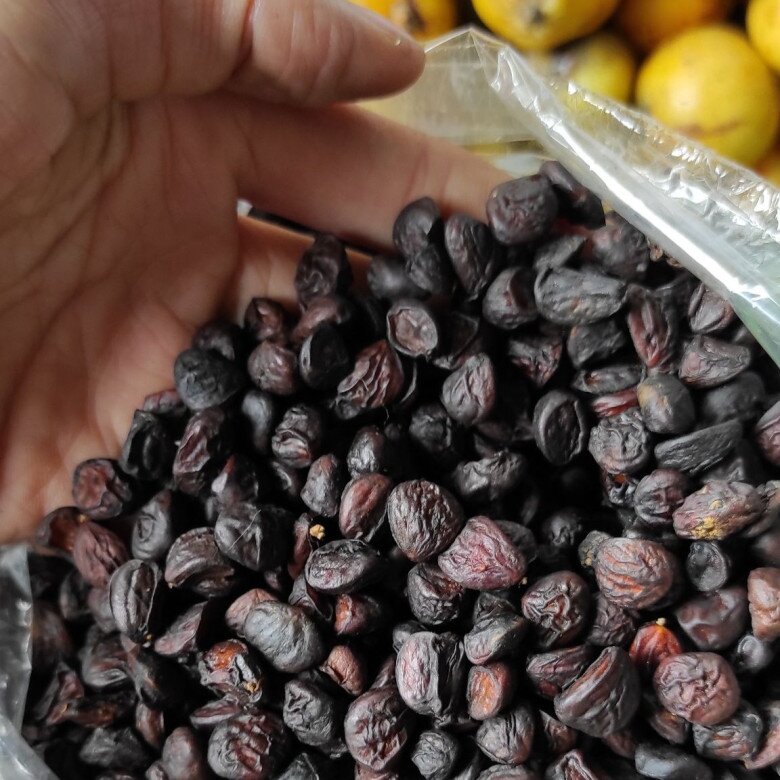
In the past, when ancient doi trees were abundant in Thượng Lâm, harvesting their fruit was one of the most lucrative occupations for locals. Harvesters would set up camps under the trees to ensure they collected every precious fruit. However, these days, ancient doi trees are becoming rarer, often found precariously perched on steep mountainsides, making the task of harvesting much more challenging and requiring both luck and stamina. The increasing scarcity of doi fruit has led to a decline in interest among locals in pursuing this once-profitable endeavor.
The rarity and high value of doi fruit have sparked a gold rush of sorts within the community. Unfortunately, a regrettable reality is that many families, unaware of the true worth of the doi trees, cut them down for timber in the past. Now, as the price of doi fruit soars to four million VND per kilogram, they realize the immense opportunity they have missed.
Currently, only a few communes in Na Hang, such as Năng Khả, Thanh Tương, and Thượng Lâm, still have a significant number of doi trees. Authentic Na Hang doi fruit is typically very small, distinct from the larger “imitation” doi fruit sold in markets like Tam Cờ in Tuyên Quang City. Despite being “imposters” sourced from Hòa Bình, these larger fruits still command a premium price, reflecting the high demand for this spice in the market.
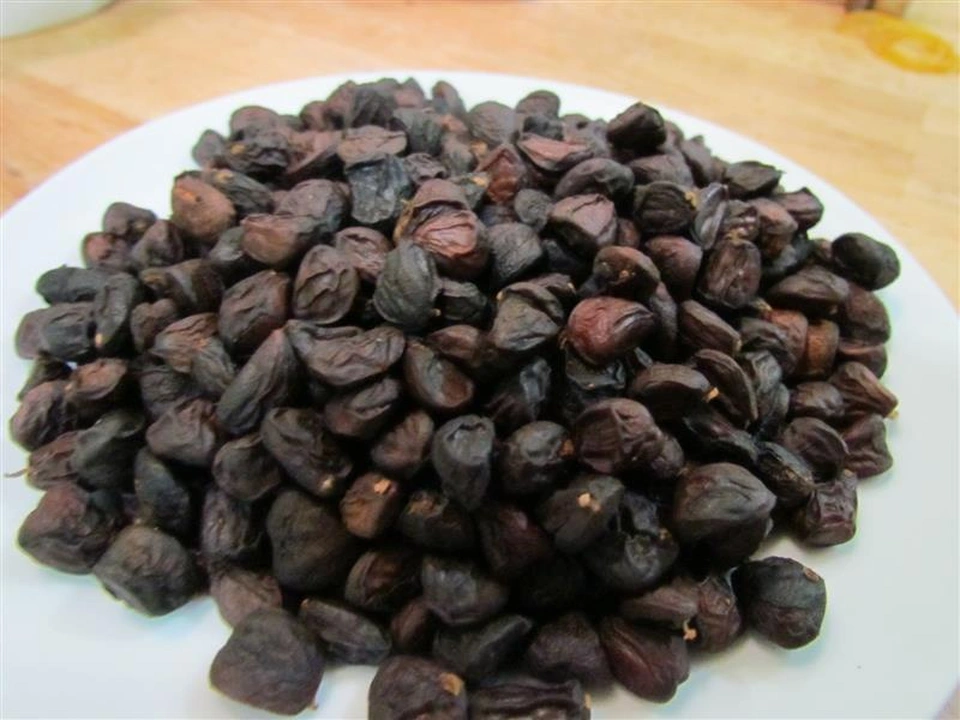
The most prized and expensive doi fruit comes from ancient doi trees over 30 years old, growing deep in the forests. This variety is highly sought-after by top chefs and discerning foodies, but its availability is extremely limited, and money alone cannot guarantee its acquisition. The hallmark of superior-grade doi fruit is its intense aroma without any hint of bitterness, whereas bitterness without a pleasant aroma renders it worthless.
Doi fruit from Na Hang is more than just a spice; it is an integral part of the local culture and economy. It stands as a testament to the value of nature’s bounty and the sustainable practices of the people who cherish and protect it.

























